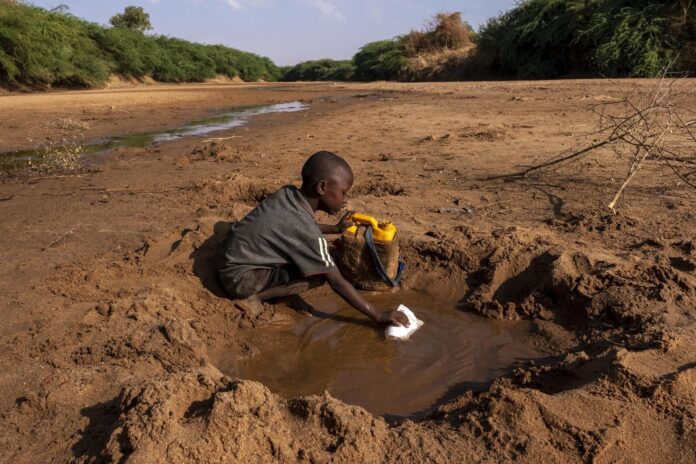Water is a basic human need. The issue of water quality in the developing world affects millions of people every day. More than half of the developing world’s population suffers from water-related diseases, and nearly 6,000 children die every day from water-related diseases. Similar to many African countries the Horn of Africa, located on the easternmost part of the African mainland is facing water shortages, poor sanitation, and a lack of access to clean water resources. The region is suffering due to the non-availability of water. Somalia, Ethiopia and Kenya have been in a state of emergency for years. This year, another season of failed rains has accelerated the emergency to breaking point, affecting at least 36.4 million people. People’s lives and livelihoods depend on the high rainfall in March and May and the low rainfall in October and December. Thus, this article aims to find out how water scarcity is affecting millions of people in the Horn of Africa.
The Horn of Africa experienced its fourth repeated season of below-average rainfall in April and June 2022. The situation became catastrophic due to unfavorable climate-induced emergencies. Water shortages can result in crops destruction, cattle to die and drive families out of their homes in search of water. Children and families are at risk of disease, hunger and death due to acute water shortages as all surface water is drying up and edible vegetation is becoming scarce. Millions of people including children, in Ethiopia, Kenya and Somalia will face water and food insecurity because of climate change and rapid population growth.
The total population of the Horn of African countries is about 200 million. According to an estimation about 4.2 million people in Somalia, 61 million people in Ethiopia and 17 million people in Kenya are facing severe water shortages. Although the water they have access to, may not be safe, but many people have no choice, but to pay for unsafe water supplies. The consequences of unsafe drinking water are cholera, diarrhea, typhoid and polio which are causing years of sickness and lead to other health problems such as dehydration and infections.
For decades, water scarcity has been a major problem in the Horn of Africa and the situation is worsening due to factors like rapid population growth. Population growth increases demand for water for all kinds of usage like domestic, agriculture, industry and as well as energy. A growing population has put huge pressure on municipal water utilities and private providers to conserve water resources and provide enough safe water to the public. At the same time, informal settlements are growing, and access to basic water services continues to be limited as these areas are severely water scarce.
The majority of the population in the Horn of Africa, lacks access to basic water supplies, forcing people to fetch water from distant and unsafe open wells.
The majority of the population in the Horn of Africa, lacks access to basic water supplies, forcing people to fetch water from distant and unsafe open wells. Open defecation is common and about 28 percent of the population defecates in the open. Open defecation attracts flies that eventually fly into the environment and contaminate food and drinks which cause health issues. The lives of mothers and children are also at stake when women are forced to give birth in poor conditions. Also, the price of water has increased by 400 percent in these areas. This means that many families are forced to choose between water and other household needs such as food. Others can no longer pay for water at all.
Since water is not on the premises and needs to be collected so, traditionally it is the responsibility of the women and girls to collect water which can be very dangerous. Many women and girls face the risk of conflict and physical assault at water points. Spending more hours collecting water also limits their time and opportunity to go to school and work. This affects not only girls and women, but also their communities and the economy at large. In conflict-affected areas and camps for displaced people, access to safe water is often further compromised, infrastructure is damaged, pipelines are in poor condition, and water collection is dangerous. People often live in congested camps and without access to clean water, diseases spread even faster.
In conclusion, improving access to water in the Horn of Africa will boost economic growth, increase food security, and reduce the burden of diseases, putting countries like Somalia, Ethiopia and Kenya on a path to more sustainable and inclusive development. Water will have shaped the region’s history and will be critical to its future. With one in three people experiencing water scarcity, the region is grappling with dangerous water levels, but it also has significant unexploited resource potential. Well- managed water resources, both surface and groundwater, can help meet the current and future needs of the Horn of Africa. Tackling the water crisis in these countries is becoming more important day by day as the effects of climate change, expressed largely through the water cycle, affect millions of lives.





















